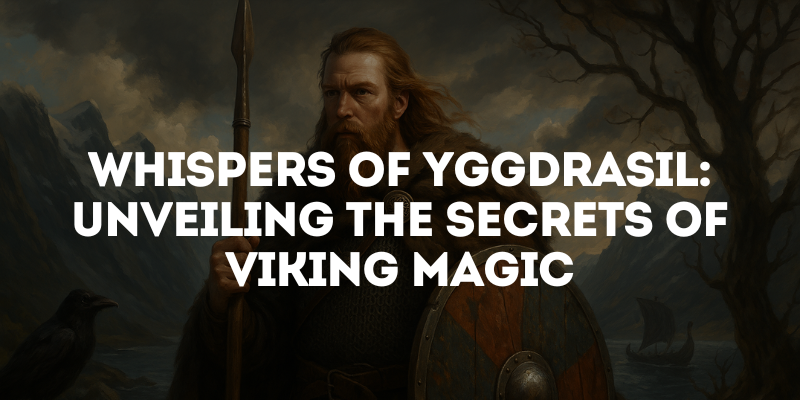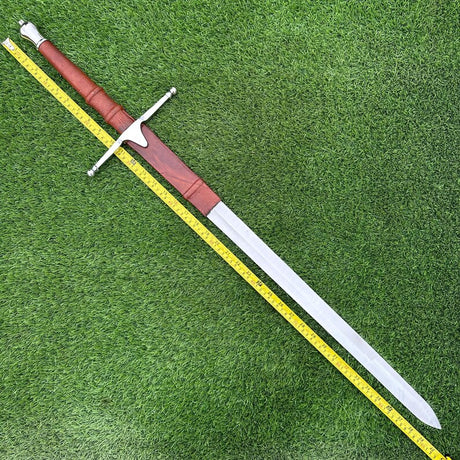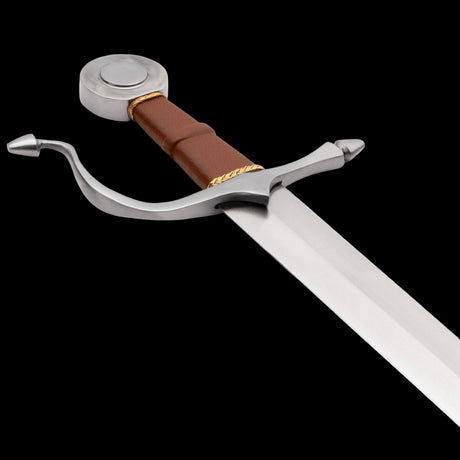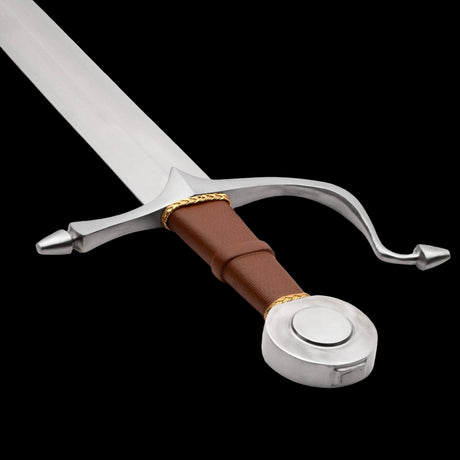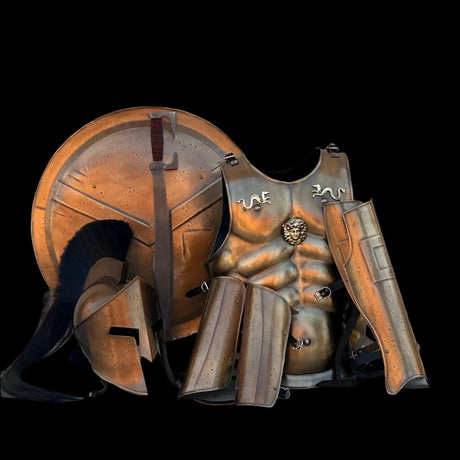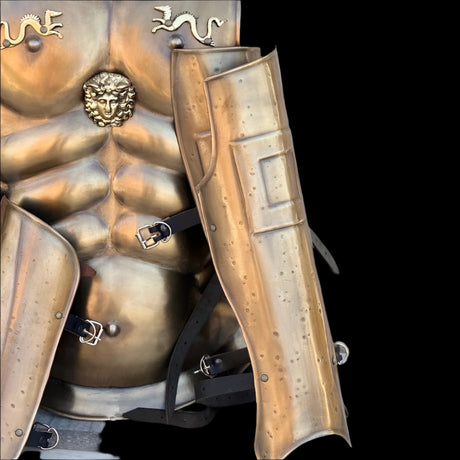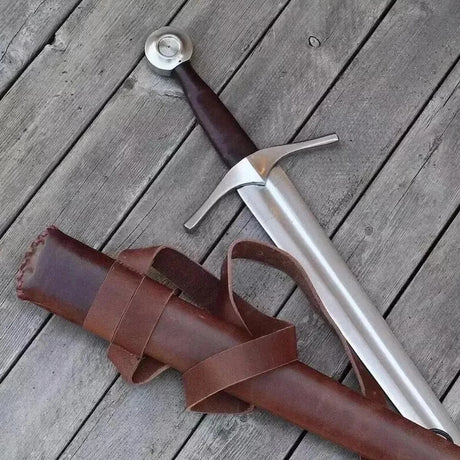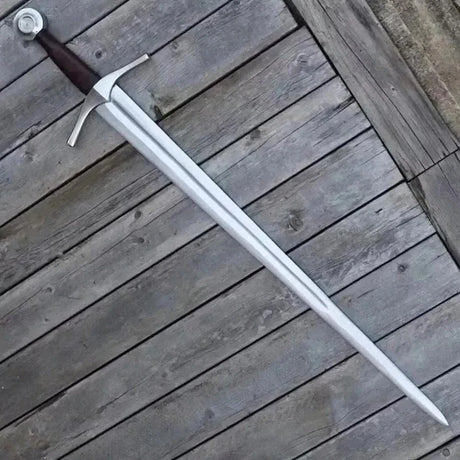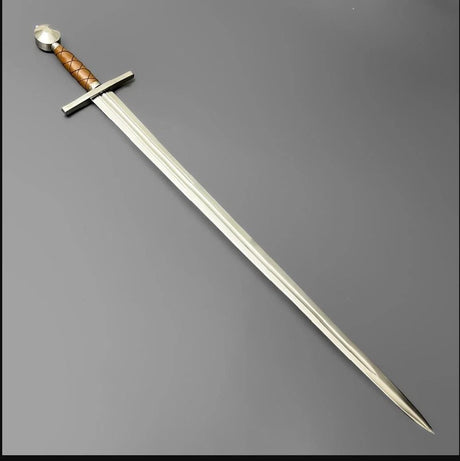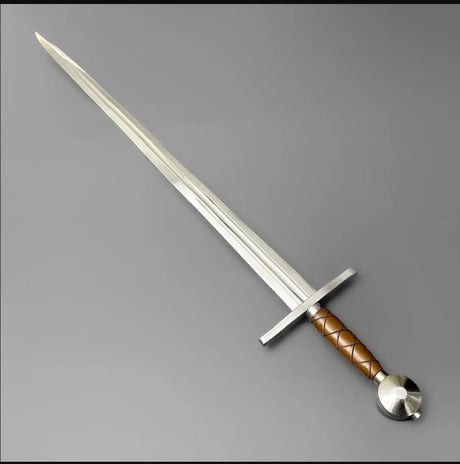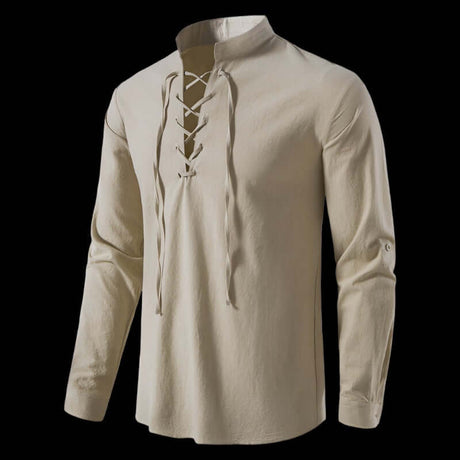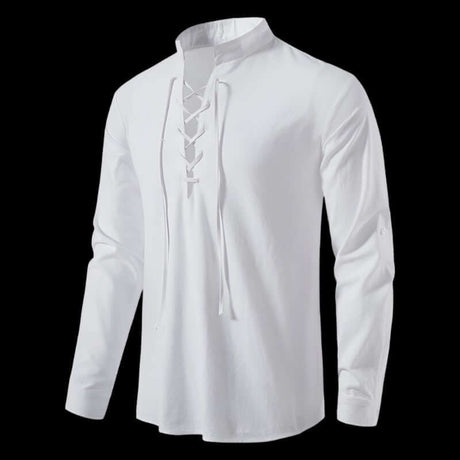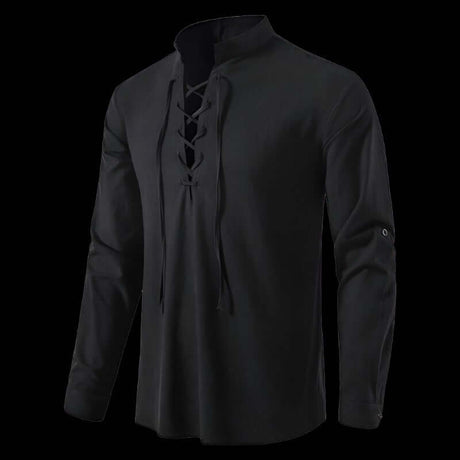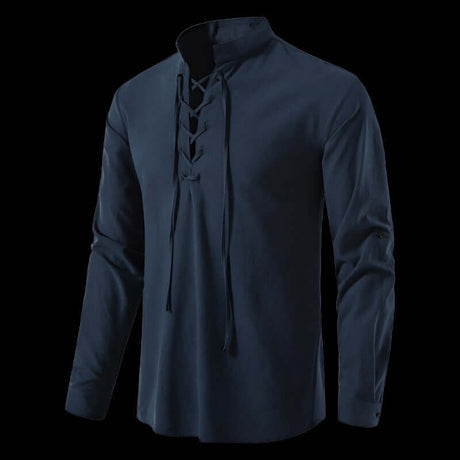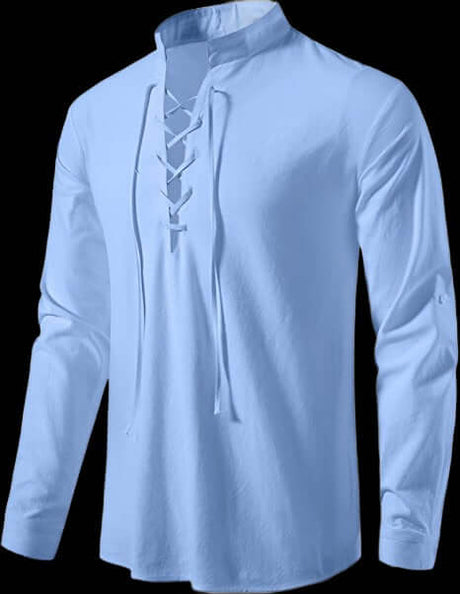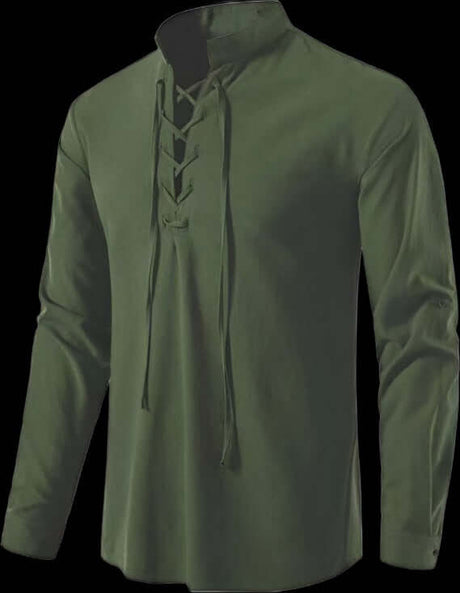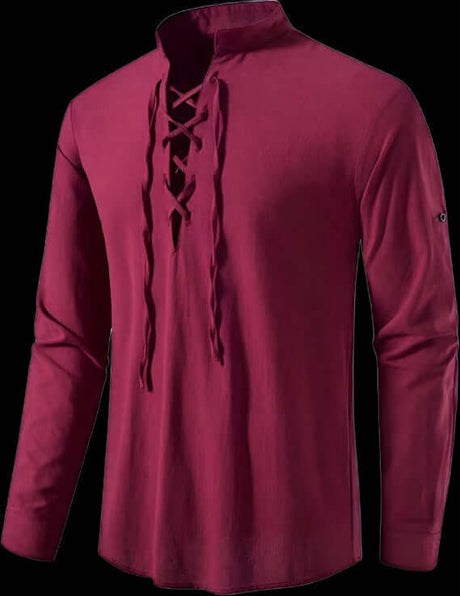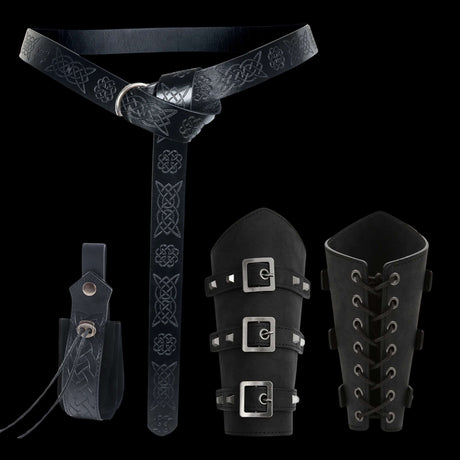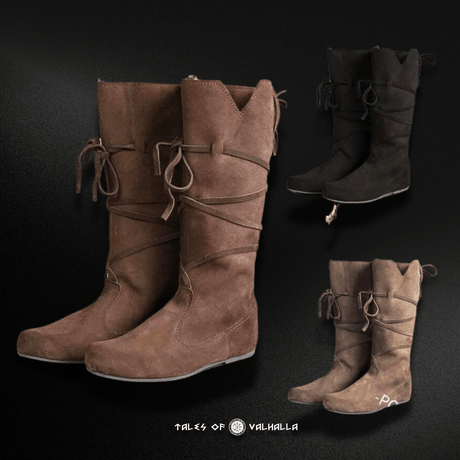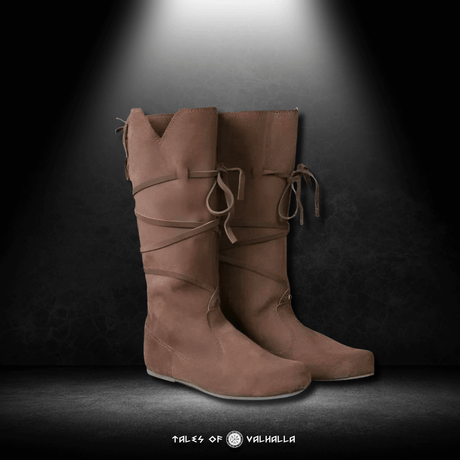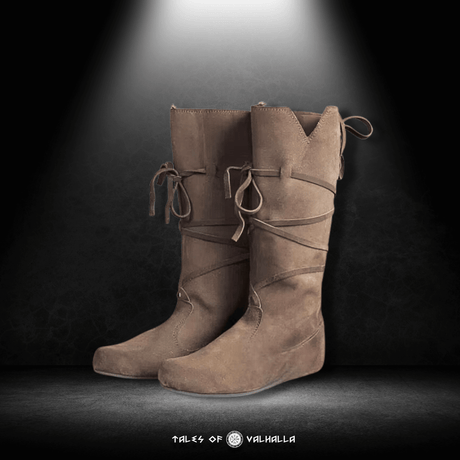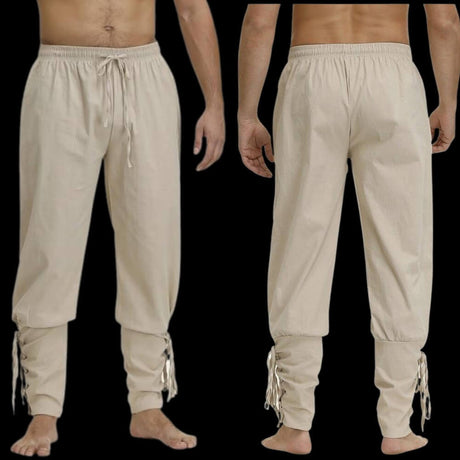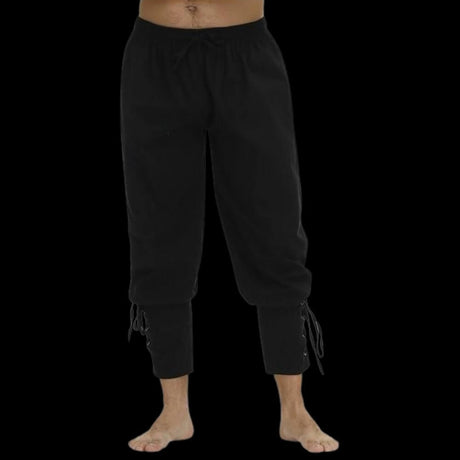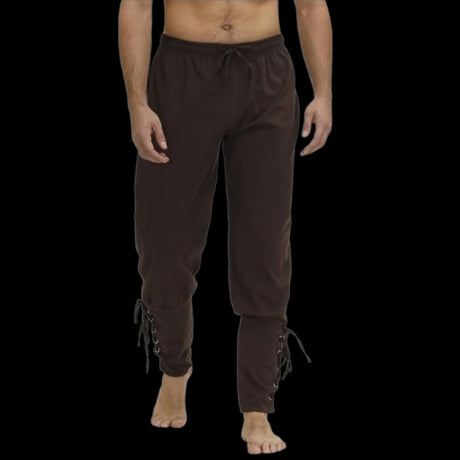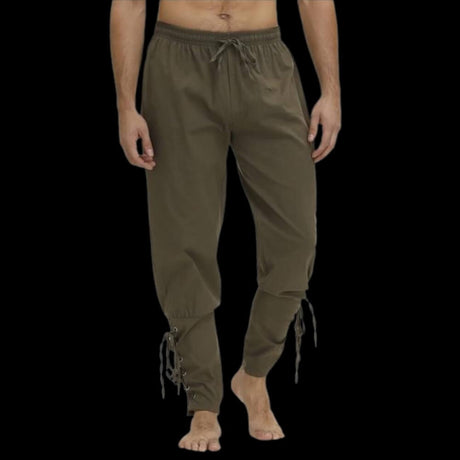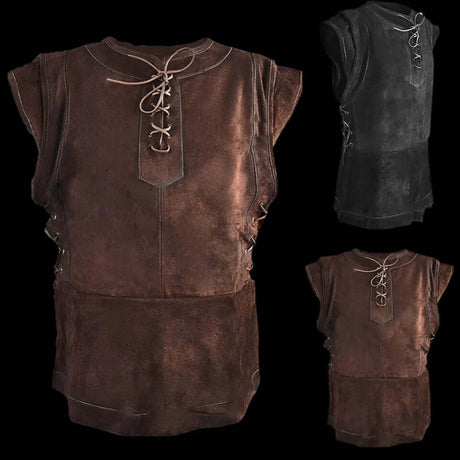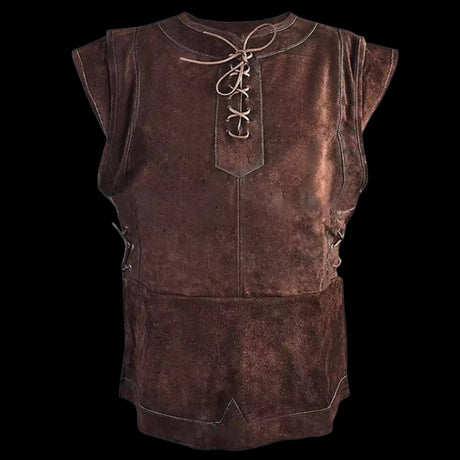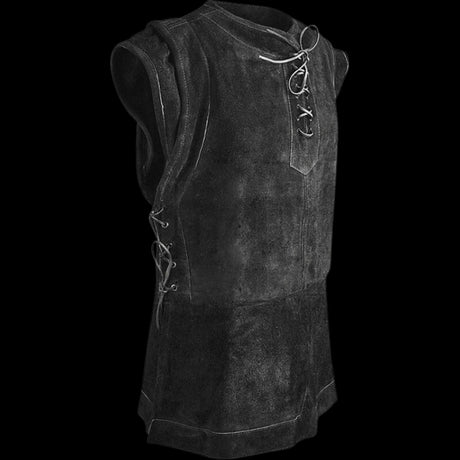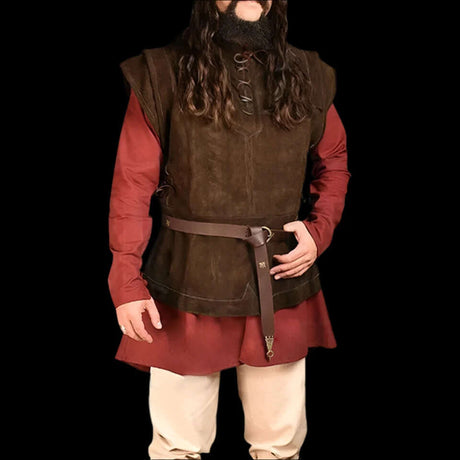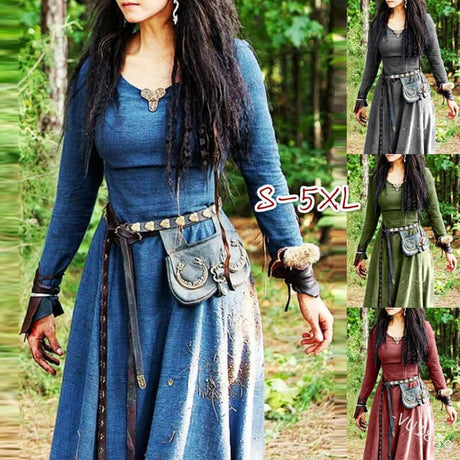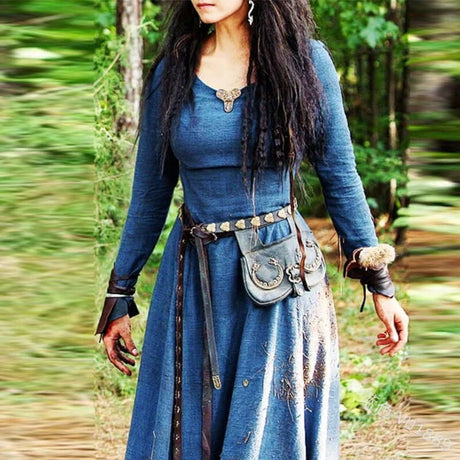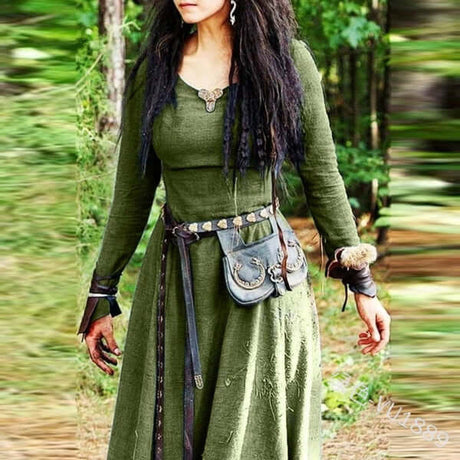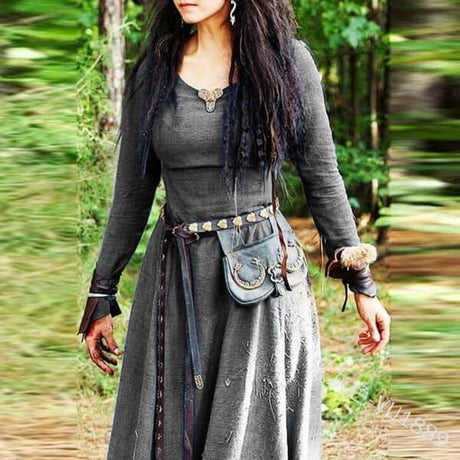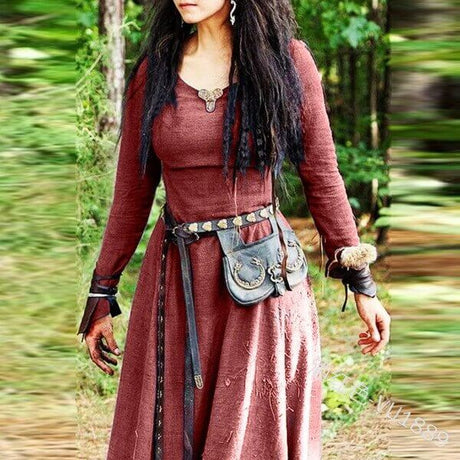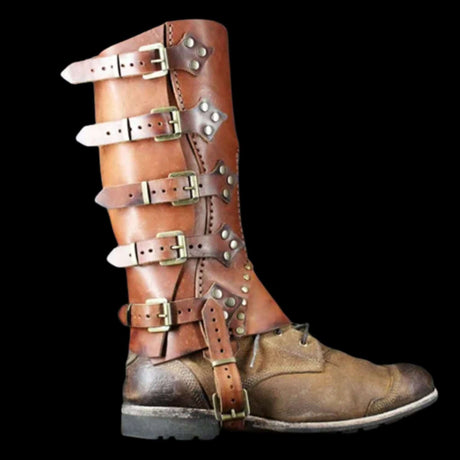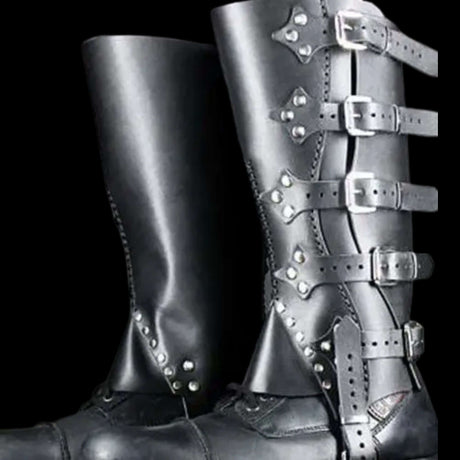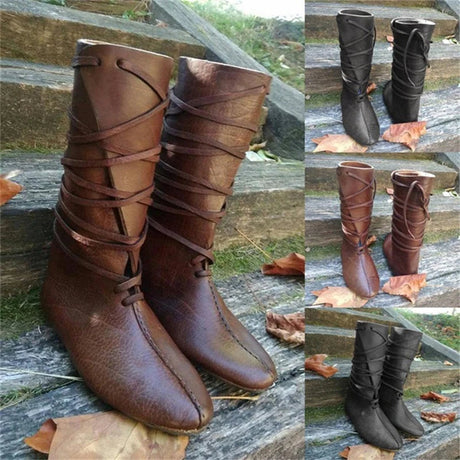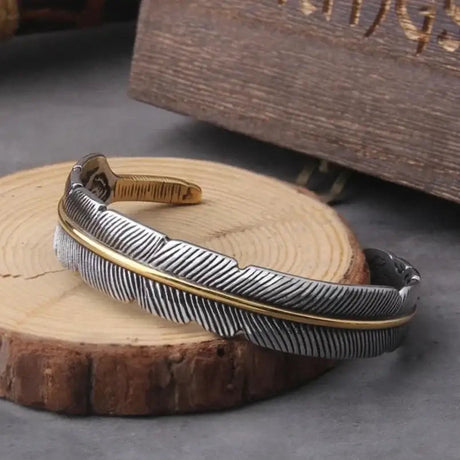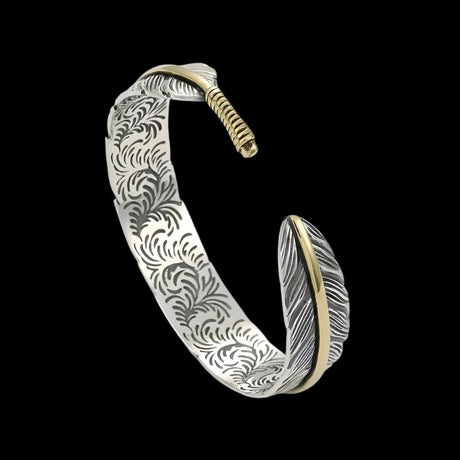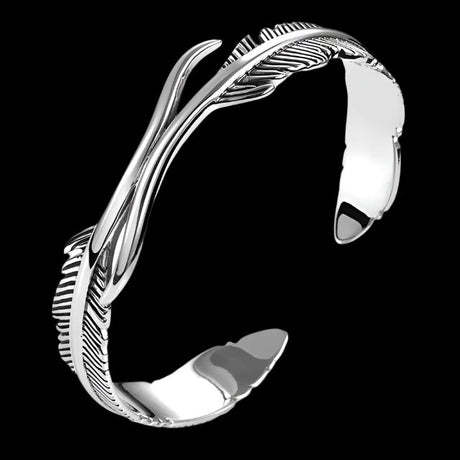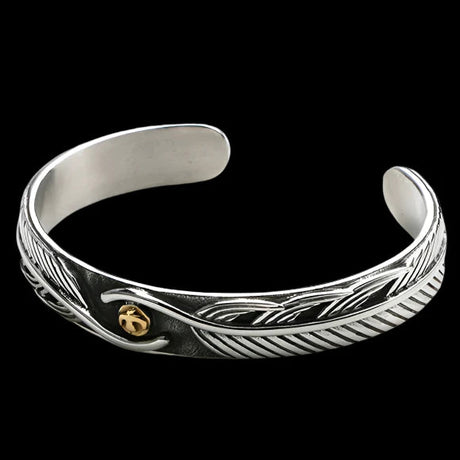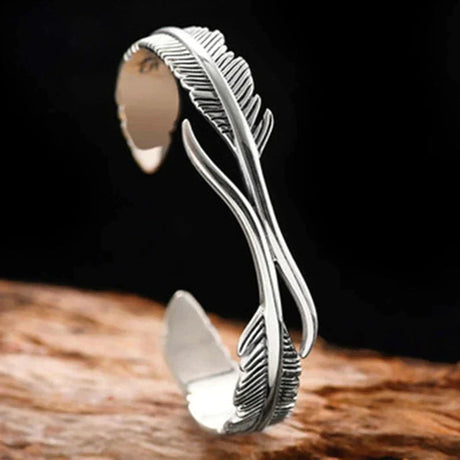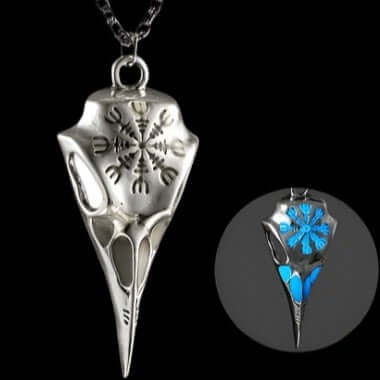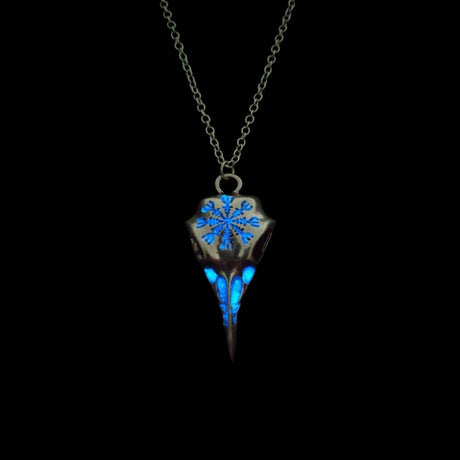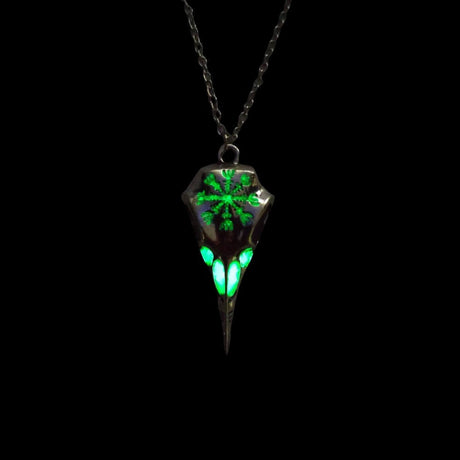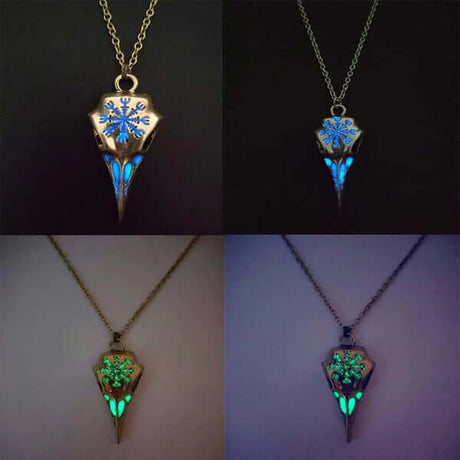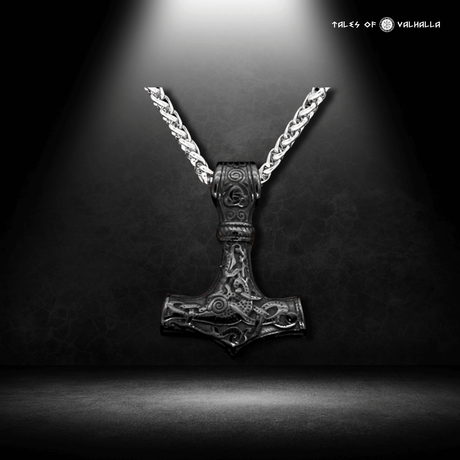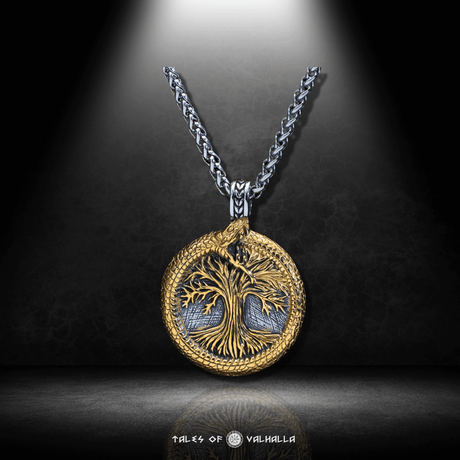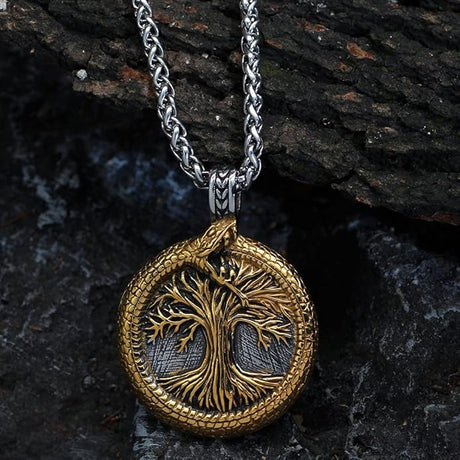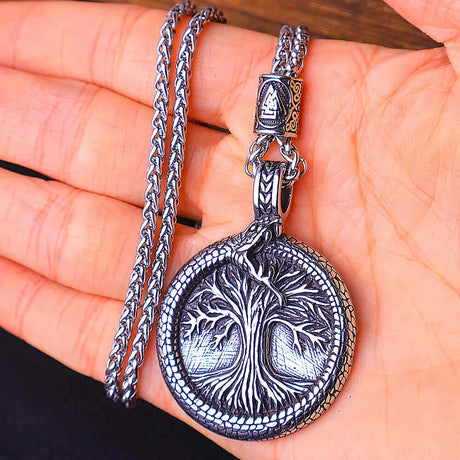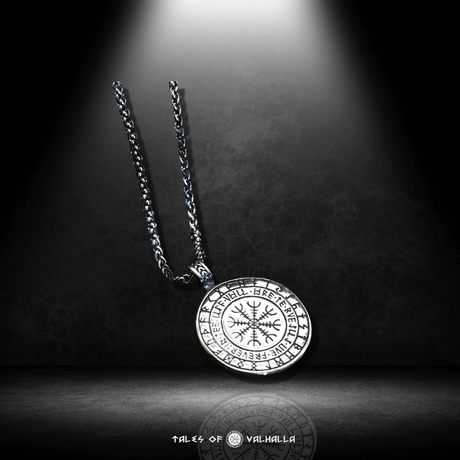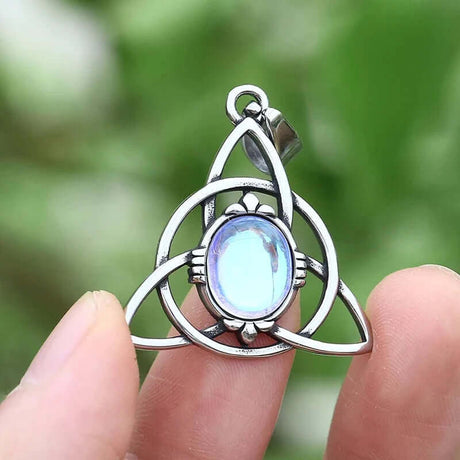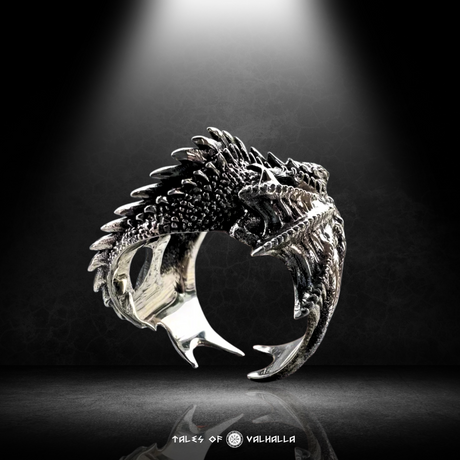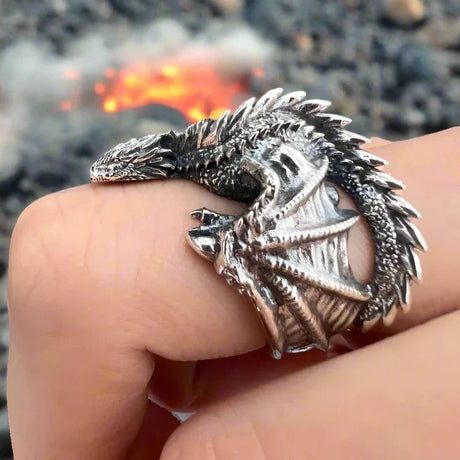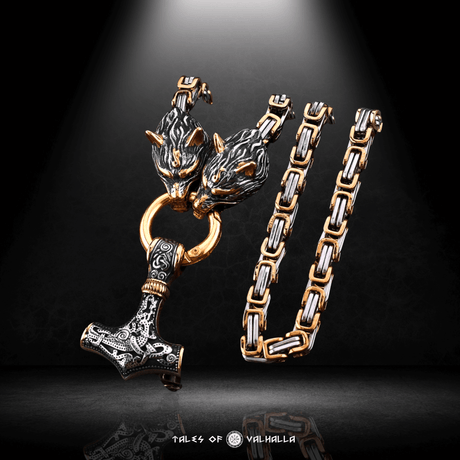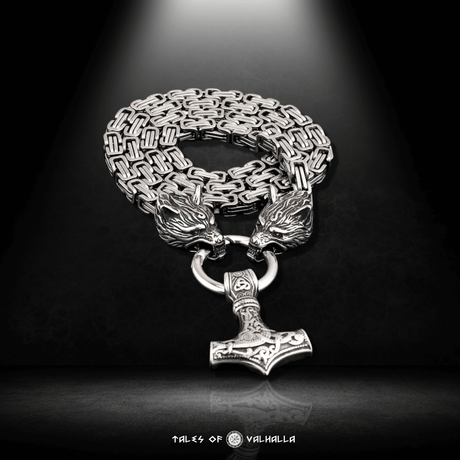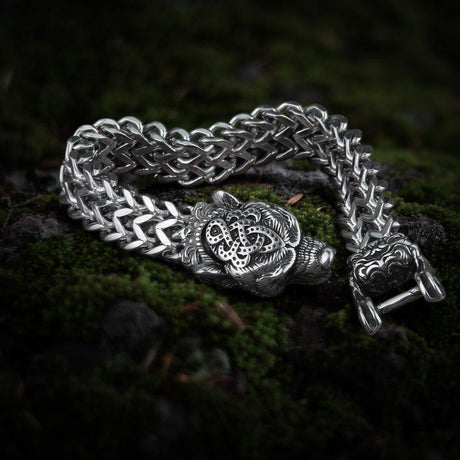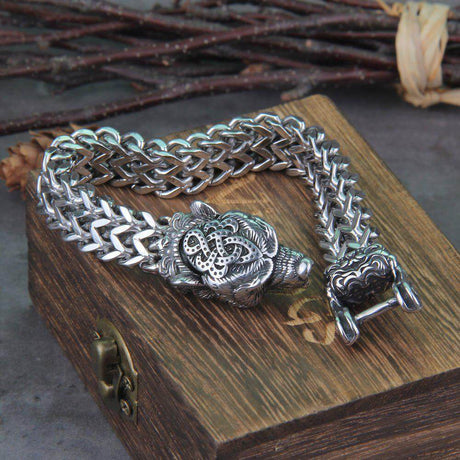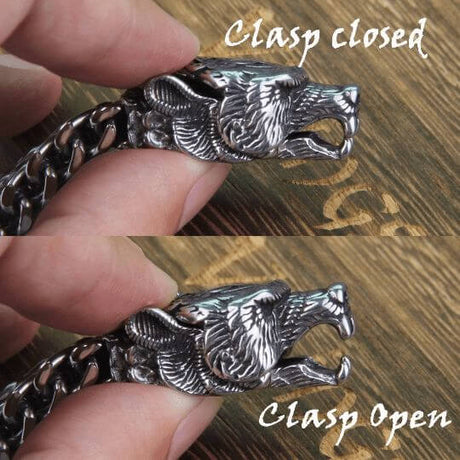The Viking Age conjures images of hardened warriors, longships carving through icy seas, and a pantheon of powerful gods. But woven into the fabric of this formidable culture was a deep and often misunderstood current: Viking Magic. This wasn't the flamboyant sorcery of fantasy novels, but a complex system of beliefs and practices integral to their worldview, their relationship with the divine, and their attempts to navigate a harsh and unpredictable world.
What exactly was Viking Magic? Who were its practitioners? And what can the sagas, runestones, and archaeological finds tell us about these ancient arts? This journey will take us beyond the stereotypical image of spell-casting sorcerers, delving into the nuanced realities of Seidr, Galdr, runic power, and the very essence of what it meant to wield or encounter Viking Magic. Prepare to explore a world where words held power, fate was a tangible force, and the veil between worlds was tantalizingly thin.
Understanding the Norse Worldview: Where Magic Met Reality
To grasp Viking Magic, we must first understand that the Norse people did not draw the same sharp distinctions between the mundane and the magical, or religion and sorcery, that we often do today. For them, the world was alive with unseen forces, powerful beings, and the ever-present influence of fate (wyrd).

Understanding the Norse Worldview: Where Magic Met Reality
The Interconnected Cosmos
At the center of their cosmology stood Yggdrasil, the World Tree, connecting the Nine Realms. Gods, giants, elves, dwarves, and humans all inhabited this intricate cosmic structure. The boundaries between these realms were permeable, and interactions with supernatural entities were a part of life. Viking Magic often involved navigating or influencing these connections.
The Power of Wyrd (Fate)
The concept of wyrd was central to the Norse worldview. While not entirely deterministic, it represented the underlying tapestry of destiny, woven by the Norns (female beings who controlled fate). However, wyrd could be influenced or understood through certain magical practices. A significant aspect of Viking Magic was attempting to comprehend or even subtly shape one's fate.
Words, Runes, and Innate Power
The Vikings believed in the inherent power of words and symbols. Spoken incantations, songs, and the carving of runes were not mere symbolic acts; they were seen as ways to channel and direct energy, to affect the world around them. This belief formed a core component of many Viking Magic traditions.
The Keepers of Knowledge: Practitioners of Viking Magic
While some forms of simple magic might have been practiced by everyday individuals, more complex and powerful Viking Magic was often the domain of specialized practitioners. These figures were respected, sometimes feared, and held unique positions within Norse society.
The Völva: Seeress, Sorceress, and Shamaness
Perhaps the most famous and powerful practitioner of Viking Magic was the Völva (plural: Völur). These were typically older women, often wandering figures, renowned for their abilities in Seidr, prophecy, and communicating with the spirit world.
-
Role in Society: A Völva could be consulted for matters of great importance: foretelling the future, diagnosing illnesses, ensuring successful harvests or voyages, or even influencing the outcome of battles. They were often treated with great respect and offered generous gifts for their services. The Poetic Edda poem Völuspá ("The Prophecy of the Seeress") is a prime example, where Odin himself summons a Völva to reveal the fate of the gods.
-
The Seiðstafr (Magic Staff): Archaeological finds from Völva graves often include a staff, known as a seiðstafr. This staff was likely a crucial tool in their rituals, perhaps used to enter trance states or channel magical energies.
-
Trance and Ecstasy: Seidr practices often involved inducing altered states of consciousness, allowing the Völva to journey to other realms, communicate with spirits, or gain prophetic insights. This shamanistic element is a key characteristic of their Viking Magic.
-
Ambiguity and Fear: While respected, Völur were also sometimes feared. Their power was potent and could be used for both benevolent and malevolent purposes, making them figures of awe and sometimes trepidation.
-
Story Vignette 1: The Völva's Vision: Imagine Astrid, a young woman from a remote fjord village, her heart heavy with worry for her husband, Håkon, long overdue from a sea voyage. Desperate, she seeks out an old Völva named Brynja, who lives alone in a turf-roofed hut high in the hills. Brynja, her eyes like chips of ancient ice, agrees to perform a Seidr ritual. As the fire crackles and Brynja chants in a low, guttural voice, tapping her iron-shod staff rhythmically, Astrid feels the air grow thick. Brynja's body trembles, her eyes roll back, and she speaks in a voice not entirely her own, describing a storm-tossed ship, broken masts, but also a glimpse of land, and Håkon, weary but alive. This glimpse into the workings of Viking Magic, terrifying and awe-inspiring, gives Astrid a fragile thread of hope.
Seiðmenn and Other Male Practitioners
While Seidr was predominantly associated with women, and practicing it could sometimes lead to accusations of ergi (unmanliness or effeminacy) for men, male practitioners of Viking Magic (seiðmenn) did exist. Odin himself was a master of Seidr, having learned it from Freyja.
- Varying Roles: Male practitioners might specialize in other forms of magic, such as Galdr (incantations) or runic magic. The social acceptance and specific roles of seiðmenn likely varied across different communities and time periods.
Skalds: Weavers of Magical Words
Skalds, the court poets of the Viking Age, were masters of complex verse. Their poetry was not just entertainment; it was believed to hold inherent power.
- Galdr and Poetic Incantations: Certain forms of poetry, known as galdr (singular: galdrar), were essentially magical incantations. A skilled skald could weave praise that brought honor and good fortune, or curses (níð) that could bring shame and ruin. The power of a Viking Magic chant was not to be underestimated.
- Preserving Lore: Skalds were also keepers of mythological and historical knowledge, their poems preserving the stories and traditions that formed the basis of much Viking Magic.
Everyday Folk Magic: Charms and Protections
Beyond specialized practitioners, it's likely that everyday Vikings engaged in simpler forms of folk magic.
- Amulets and Charms: Wearing amulets depicting Thor's hammer, certain runes, or animal figures was common for protection and good luck. These items were imbued with the belief in their magical efficacy.
- Household Rituals: Simple rituals might have been performed for protection of the home, livestock, or for success in farming or fishing. These practices would have been passed down through families.
The Forms of Viking Magic: A Spectrum of Practices
Viking Magic wasn't a single, monolithic system. It encompassed a diverse range of practices, each with its own techniques and purposes.
Seidr (Seiðr): The Art of Prophecy and Shaping Fate
Seidr is perhaps the most distinctive and complex form of Viking Magic. Often described as shamanistic, it involved:
- Divination and Prophecy: The ability to see into the future, answer questions about hidden matters, or communicate with spirits.
- Shaping Events: Seidr could also be used to influence events, bring good or bad fortune, affect the weather, or even cause harm to enemies. This was a powerful and often feared aspect.
- Trance States and Spirit Journeys: Practitioners entered altered states of consciousness to perform Seidr, sometimes involving ritual chanting, drumming, and the use of a high seat and staff.
- Freyja and Odin: The goddess Freyja is credited with teaching Seidr to the Aesir gods, and Odin became a master practitioner, despite the potential social stigma for males.
Galdr: The Power of Incantations and Magical Songs
Galdr involved the chanting or singing of magical formulas, often runic in nature.
- Efficacy of Sound: The very sound and rhythm of the Galdr, combined with the inherent power of the runes or words used, was believed to have a magical effect.
- Diverse Applications: Galdr could be used for healing, protection, cursing, calming storms, dulling blades, or inspiring courage. The sagas contain numerous examples of Galdr being employed in various situations. This was a versatile form of Viking Magic.
Runic Magic: Beyond the Alphabet
Runes were the letters of the ancient Germanic alphabet, but for the Vikings, they were much more. Each rune possessed a name, a phonetic value, and a deeper symbolic or magical meaning.
-
Divination (Rune Casting): Runes were likely used for divination, perhaps by carving them onto small pieces of wood or stone and then casting them to interpret patterns or answer questions.
-
Carving for Effect: Runes could be carved onto weapons for victory, onto amulets for protection, onto ships for safe passage, or onto gravestones to honor the dead and perhaps bind their spirit. The act of carving itself was a magical ritual.
-
Bindrunes: Two or more runes could be combined to create a bindrune, a single composite symbol designed to achieve a specific magical purpose, amplifying the power of the individual runes. Creating effective bindrunes was a specialized skill within Viking Magic.
-
Story Vignette 2: Carving a Bindrune for Protection:
- Leif, a young warrior preparing for his first raid, sought the counsel of an old rune master. He needed protection, a shield against the uncertainties of battle. The rune master, after listening to Leif's fears and hopes, selected three runes: Algiz (ᛉ) for protection, Tiwaz (ᛏ) for victory in battle, and Uruz (ᚢ) for strength. He then carefully carved them onto a small piece of elk antler, not as separate symbols, but interwoven into a single, powerful bindrune. As he carved, he chanted, infusing the antler with the essence of the Viking Magic he commanded. He handed it to Leif, telling him, "Wear this, and let the strength of these runes guard you." Leif clutched the bindrune, feeling a surge of confidence. It was a small thing, yet it felt imbued with ancient power.
Spá: The Art of Prophecy and Seeing
Spá is closely related to Seidr, often used to describe the act of prophecy or "seeing." A woman who practiced Spá was known as a Spá-kona.
- Direct Divination: While Seidr could involve more elaborate rituals and manipulation of fate, Spá often focused on direct divination and foretelling future events.
- Respected Figures: Like Völur, Spá-konur were often respected and sought out for their insights into the future.
Charms, Amulets, and Talismans: Everyday Magic
Vikings commonly used objects believed to possess magical properties for protection or luck.
- Thor's Hammer (Mjölnir): Perhaps the most common amulet, worn for protection against harm and evil.
- Animal Teeth and Claws: Believed to imbue the wearer with the animal's strength or cunning.
- Miniature Weapons: Small replicas of axes or swords might be worn for protection.
- Specific Stones or Herbs: Certain natural objects were believed to have inherent magical qualities.
The Tools of Viking Magic: Instruments of Power
Practitioners of Viking Magic likely used various tools and implements to aid in their rituals and enhance their connection to the supernatural.

The Tools of Viking Magic: Instruments of Power
- Staffs (Seiðstafr): As mentioned, the staff was a key attribute of the Völva, possibly used for balance during trance, to draw magical circles, or as a conduit for energy.
- Runestones and Carved Objects: Runes were carved onto wood, bone, stone, or metal. These weren't just inscriptions but active magical tools.
- Herbs and Potions: While direct evidence for complex potions is scarce, the Vikings had extensive knowledge of local flora and likely used certain herbs for medicinal and potentially magical purposes. Any such "potions" would have been part of their Viking Magic repertoire.
- Symbolic Objects: Cauldrons, specific types of clothing (like a Völva's cloak and hood), drums, and rattles might have been used in rituals to create a sacred space or facilitate altered states of consciousness.
The Gods of Magic: Divine Patrons and Practitioners
Certain deities in the Norse pantheon were particularly associated with Viking Magic.
- Odin (Óðinn): The Allfather was the foremost master of runes, Seidr (which he learned from Freyja, despite the social implications for men), and Galdr. He famously sacrificed an eye and hung himself from Yggdrasil for nine nights to gain knowledge of the runes and other magical arts. Odin embodies the relentless pursuit of magical wisdom.
- Freyja (Freya): The Vanir goddess of love, beauty, fertility, and war, Freyja was the original mistress of Seidr. She taught this powerful form of magic to Odin and the other Aesir. Her association with Seidr makes her one of the most significant figures in Viking Magic.
- Loki: The trickster god, known for his cunning, shape-shifting abilities, and ambiguous relationship with magic. While not always a "patron," his actions often involve magical elements and demonstrate the unpredictable nature of such power.
- Thor: While not a primary magic-user himself, Thor's hammer, Mjölnir, was a powerful magical artifact that could be used to bless, consecrate, and destroy. His might offered a different kind of "magic" – raw divine power.
Evidence and Interpretation: Sifting Through Sagas and Stones
Understanding Viking Magic is challenging due to the nature of our sources.
Literary Sources (Eddas, Sagas)
These texts are our richest sources but must be interpreted with care.
- Pros: They provide detailed descriptions of magical practices, beliefs, and figures like the Völva.
- Cons: They were written down centuries after the Viking Age, often by Christian scribes who may have misunderstood, altered, or condemned pagan practices. They are literary works, not anthropological field notes, and may contain fictional or exaggerated elements. Disentangling historical Viking Magic from later literary embellishment is difficult.
Archaeological Finds
Archaeology offers tangible but often ambiguous clues.
- Pros: Discovery of amulets (like Mjölnir pendants), runic inscriptions on objects, and certain grave goods (like Völva staffs) provides physical evidence of beliefs and practices.
- Cons: The function of these objects can be hard to definitively prove as "magical." Amulets might be decorative, tools might have mundane uses, and grave goods reflect burial customs, not necessarily everyday magical practice. Direct evidence of rituals is extremely rare.
Table: Types of Viking Magic, Practitioners, and Evidence
Viking Magic in the Modern World: Revival and Responsibility
The fascination with Viking Magic is alive and well today, influencing modern spiritual paths, popular culture, and personal expression.
Modern Heathenry and Asatru
Contemporary pagan religions like Heathenry and Asatru seek to reconstruct and revive pre-Christian Germanic and Norse beliefs and practices, including aspects of historical Viking Magic. Practitioners often study the Eddas and sagas, engage in runic divination, and honor the Norse deities.
Pop Culture Influence
Viking Magic is a staple in books, movies, TV shows (like "Vikings" and "The Last Kingdom"), and video games (like God of War, Assassin's Creed Valhalla). These portrayals, while often highly fictionalized and stylized, have introduced Norse magical concepts to a vast global audience.
The Dangers of Misinformation and Cultural Appropriation
At Tales Of Valhalla, this popularity comes the risk of misinformation and cultural appropriation.
- Accuracy vs. Fantasy: It's important to distinguish between historically plausible reconstructions of Viking Magic and purely fantastical inventions.
- Respectful Engagement: When engaging with Norse symbols or magical concepts, doing so with respect, understanding, and an awareness of their historical and cultural context is crucial. Avoid trivializing sacred beliefs or misusing potent symbols.
- Avoiding Hate Symbols: Be aware that some Norse symbols (like the Black Sun or certain interpretations of runes) have been co-opted by extremist hate groups. It's vital to educate oneself and reject any association with such ideologies.
Conclusion
Viking Magic was not a simple collection of spells and potions but an intricate and deeply embedded aspect of the Norse worldview. It encompassed prophecy, divination, the power of words and symbols, and a profound connection to the forces of nature and the divine. From the revered Völva performing Seidr rituals to the everyday Viking carving protective runes, Viking Magic was a way to understand, interact with, and attempt to influence a world perceived to be full of unseen powers and shaped by the inexorable hand of fate.
While the mists of time obscure many details, the whispers of Viking Magic echo through the sagas, are hinted at in archaeological finds, and continue to spark our imagination today. It reminds us of a time when the world felt more enchanted, and when humanity sought to harness the unseen energies that surrounded them.
6 FAQs
-
Q: What was Viking Magic really like, beyond the spells and potions in movies?
A: Viking Magic was less about flashy spells and more an integral part of their worldview, deeply connected to fate (wyrd), nature, and the divine. It involved practices like Seidr (shamanistic prophecy and influencing fate), Galdr (magical songs and incantations), runic divination and carving for effect, Spá (prophecy), and the use of charms and amulets for protection or luck.
-
Q: Who were the main practitioners of Viking Magic?
A: The most renowned practitioners were often women known as Völur (singular: Völva), who were seeresses and mistresses of Seidr. There were also male practitioners (seiðmenn), though Seidr was sometimes seen as unmanly for them. Skalds (poets) wielded power through Galdr (magical songs), and everyday Vikings likely used simpler charms and protective symbols.
-
Q: What were the different forms or types of Viking Magic?
A: Key forms of Viking Magic included:
- Seidr (Seiðr): Shamanistic practices involving trance, prophecy, and influencing fate.
- Galdr: Magical songs, chants, and incantations, often using runes.
- Runic Magic: Using runes for divination, protection, cursing, healing, and creating bindrunes.
- Spá: The art of prophecy and "seeing," closely related to Seidr.
- Charms and Amulets: Using objects imbued with magical properties for protection or specific effects (e.g., Thor's Hammer).
-
Q: Which Norse gods were most associated with Viking Magic?
A: Odin was the foremost god of magic, a master of runes, Seidr (which he learned from Freyja), and Galdr. He famously sacrificed himself to gain magical knowledge. Freyja, a Vanir goddess, was the original mistress of Seidr and taught it to the Aesir. Other deities might be invoked for specific magical purposes related to their domains.
-
Q: What are the main historical sources for understanding Viking Magic?
A: Our understanding comes primarily from literary sources like the Poetic Edda (e.g., Völuspá, Hávamál) and Snorri Sturluson's Prose Edda. Icelandic Sagas also contain many descriptions of magical practices. Archaeological finds, such as amulets, runestones, and Völva staffs, provide tangible but often ambiguous evidence.
-
Q: Is it okay to practice or be inspired by Viking Magic today, and what should I be aware of?
A: Yes, many people today are inspired by Viking Magic, particularly within modern Heathenry and Asatru. The key is respectful engagement: thoroughly research historical practices, understand the cultural context, and be aware of the potential for misinformation. Critically, be aware that some Norse symbols have been co-opted by hate groups, so educate yourself to avoid any association with such ideologies.

